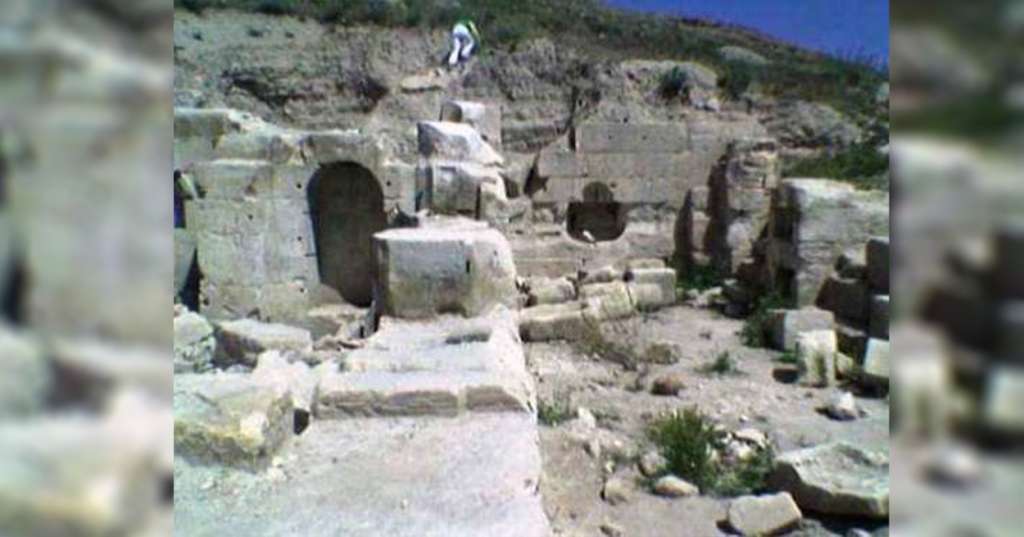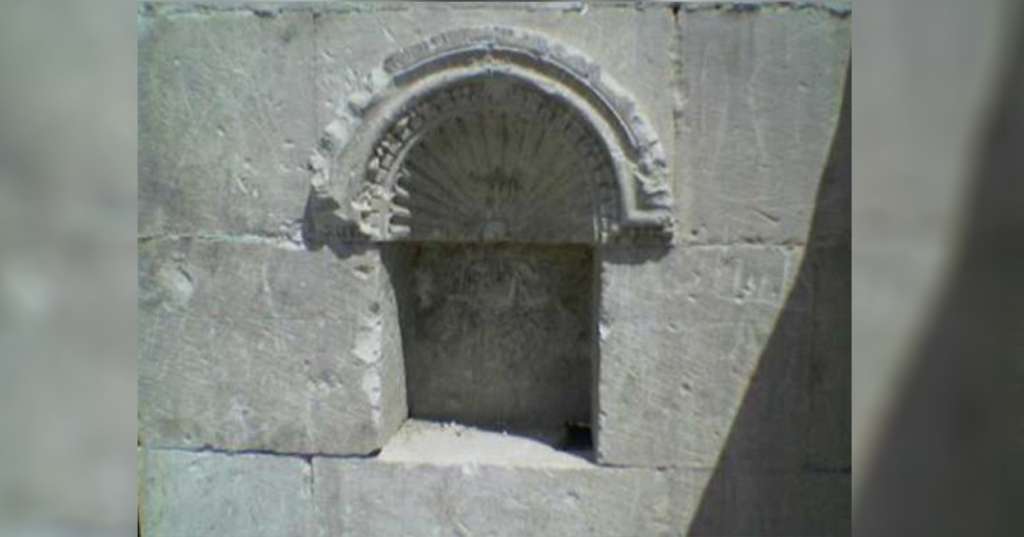Qenneshre: The Eagle’s Nest Where Worlds Met and Knowledge Soared
Picture a monastery resting quietly on the eastern banks of the Euphrates River, centuries ago — a place called Qenneshre, which means “Eagle’s Nest” in Syriac. Far from the bustle of great cities and the noise of empires, this was a sanctuary where ideas flew high, where faith and philosophy intertwined, and where a small group of monks dared to preserve and pass on the treasures of ancient wisdom.
Born From Exile, Built to Last
Qenneshre’s story begins in the 6th century, at a time when religious tensions made life dangerous for certain Christian communities in the Byzantine Empire. Seeking refuge from persecution, a group of Syriac-speaking monks left their homes near Antioch and settled near the old Roman city of Europos, on the fringes of the empire’s eastern borders. Led by a Miaphysite scholar named John bar Aphtonia (480–537 AD), these monks founded the monastery of Qenneshre — a place that would become a beacon of learning for centuries.
But Qenneshre was no ordinary monastery. Yes, it was a place of prayer and devotion, but it was also an intellectual hub. Its monks were not only versed in their own Syriac Christian traditions but were deeply familiar with the Greek language and the philosophical heritage that came with it. At Qenneshre, the rich Greek tradition of Aristotle, Plato, and the early Church Fathers met Syriac culture, and the result was extraordinary.
The Art of Translation: More Than Words
One of the most remarkable things about Qenneshre was its dedication to translation. Greek texts — from philosophy, theology, logic, and science — were translated into Syriac with great care. But this was not a mechanical process of word-for-word copying. The monks of Qenneshre sought to breathe new life into these texts. They interpreted, adapted, and wove Greek ideas into their own religious and cultural fabric.
This work was vital. At a time when the Roman Empire was fracturing and new powers were rising, preserving this knowledge was an act of courage and hope. The translations of Aristotle’s logical works — including the Categories and Analytics — helped shape the intellectual framework not only for Syriac Christianity but later influenced the broader Islamic Golden Age. Qenneshre was, in a way, a bridge that helped transmit classical knowledge across cultures and epochs.
Teachers, Leaders, and Legacy
Qenneshre was more than a center of scholarship; it was a cradle for leaders. Many monks who lived and studied there would go on to become bishops, patriarchs, and influential thinkers. Among them were Jacob of Edessa (640–708 AD), known for his linguistic mastery and theological insight, and Patriarch Athanasios II, who helped maintain the intellectual traditions of the West Syriac Church.
The monastery’s influence was felt far beyond its walls. It preserved annals and chronicles that served as crucial sources for historians. It fostered an intellectual culture that stood firm through political upheaval — surviving the rise of the Islamic caliphates and the changes they brought to the region.
Trials and Decline
Yet, like so many institutions of learning throughout history, Qenneshre was not immune to the tides of conflict. Around the early 9th century, it suffered a violent attack, likely by regional rebels resisting Abbasid control. The monastery was damaged, its community disrupted.
Though it was rebuilt under the direction of Patriarch Dionysios I of Tel Maḥre (d. 845), Qenneshre never quite returned to its former brilliance. Over the next few centuries, the monastery slowly faded from the historical record, finally disappearing sometime in the 13th century.
But its story did not vanish. The echoes of Qenneshre’s intellectual achievements live on in the manuscripts and traditions it helped preserve, influencing scholars across the Middle East and beyond.
Why Qenneshre Matters Today
In our modern world, where cultural and religious conflicts often seem unbridgeable, Qenneshre offers a powerful lesson. It reminds us that dialogue between civilizations is not only possible but essential. Here was a place where faith did not reject reason, where scholars sought to understand and translate ideas across language and belief systems, and where the legacy of knowledge was a treasure to be guarded and shared.
At a time when many knowledge centers faltered or were lost, Qenneshre stood as a testament to the power of learning — a quiet fortress where the eagle of wisdom soared above storms of conflict.
Remembering Qenneshre means remembering the value of curiosity, humility, and openness. It encourages us to seek connections even when the world seems divided and to honor the shared heritage that unites humanity across time and space.






















